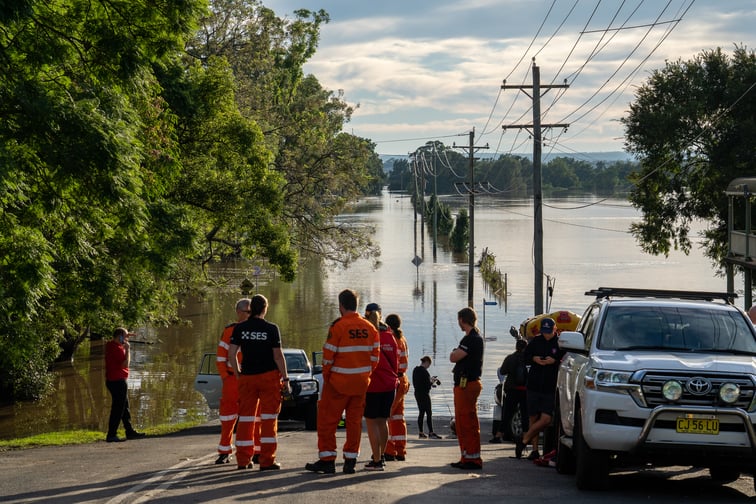

Insurance giant IAG has teamed up with natural hazards and resilience advisory firm Rhelm to release a report on how to help protect people and communities from natural disasters, such as floods and bushfires.
The report aims to help governments and communities assess when planned relocation – which involves moving homes or communities away from areas with significant risk to people and properties – is a viable option. It analyses the enablers and barriers to planned relocation in Australia and the community's role in associated decision-making and provides recommendations on how governments can best deliver a planned relocation scheme. It also investigates the feasibility of planned relocation in high-flood risk locations.
“We know relocation is not simple; we all have strong emotions and connections to where we live. But finding the right location where there is no, or minimal, disaster risk could save lives [and] property and result in more affordable insurance,” said IAG managing director and CEO Nick Hawkins. “Our intent with this report was to provide a framework and recommendations to help governments and communities assess planned relocation as an option to protect lives into the future before another disaster strikes.”
The report outlines seven key recommendations for governments and communities:
“With the impacts of floods and bushfires in recent years, we have seen increased consideration and community support for planned relocation for risk mitigation. However, the implementation of planned relocation can be challenging, both for governments and the community. Our report is intended to support the discussion on planned relocation, highlighting the challenges and opportunities such schemes encounter and providing recommendations for planning and implementation,” Rhelm director Rhys Thomson said.
Hawkins said: “The past few years of extreme bushfires and floods [have] also shown us that in some cases, options such as planned relocation should be considered due to the threat to lives and property.
“This is a difficult discussion for communities to have. In many cases, families have lived in these homes and communities for multiple generations and supporting them must be at the heart of this process.”
IAG has advocated for greater investment in mitigation to help protect communities from extreme weather events. This year, the insurance giant revealed that its employees volunteered to help the South Australian State Emergency Service (SASES) to help protect communities from the threat of floods.
